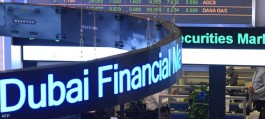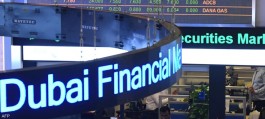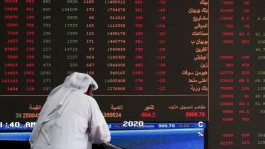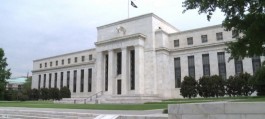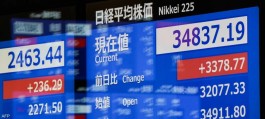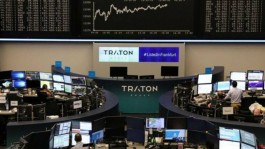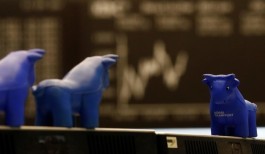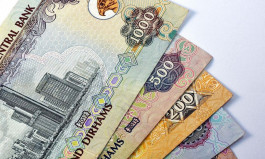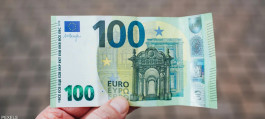Gold prices rose after a series of losses, as traders assessed President Donald Trump's comments following a highly watched meeting with his Chinese counterpart Xi Jinping, which resulted in a trade agreement that may not amount to a comprehensive deal.
The precious metal rose as much as 1.3% to nearly $3,982 an ounce on Thursday morning, after falling by about 5% in the previous four sessions.
Trump said he had a great meeting with Xi and that he would immediately halve tariffs on fentanyl to 10% as part of a deal that would see China resume imports of soybeans and suspend its rare earth export licensing system for a year.
End of the US-China trade war
The outcome of the meeting is expected to end—at least for the time being—a months-long trade dispute in which the world's two largest economies threatened to impose a range of tariffs and export restrictions on each other's products. However, it is unlikely that the agreement will constitute a comprehensive deal addressing the core issues of economic competition between the United States and China.
Despite expectations that Trump might offer further concessions, including granting the United States access to Nvidia's latest and most advanced chips known as Blackwell, the US president indicated that the talks did not touch on this matter.
On the other hand, traders are assessing the divergent views of monetary policymakers at the Federal Reserve, following comments by its chairman, Jerome Powell, on Wednesday in which he downplayed the likelihood of an interest rate cut in December.
Powell had advised against trying to predict whether another interest rate cut would occur in 2025, after policymakers approved a widely expected quarter-point reduction on Wednesday. Bond yields and the dollar rose following his remarks, putting pressure on gold, which does not pay interest and is priced in dollars.
Gold retreats from its record high
The price of gold has fallen sharply in recent days after surging to a record high above $4,380 an ounce last week, in a rally that technical indicators suggested was excessive. Signs of progress in US-China trade relations have also diminished gold's appeal as a safe haven.
US President Donald Trump and his Chinese counterpart Xi Jinping are scheduled to sign a trade truce agreement during their meeting Thursday in South Korea, which will put the world's biggest trade dispute on hold, at least for the time being.
Initial indications suggest that the two leaders are preparing for an agreement that may include rolling back some of the tariffs and restrictions that have been imposed or threatened to be imposed in recent months.
Gold is still up 50% since the beginning of the year
Despite the recent decline, gold is still up about 50% since the beginning of the year, supported by central bank purchases and investor interest in what is known as the cut trade, in which investors avoid sovereign debt and currencies to protect themselves from escalating fiscal deficits.
Sebastian Mullins, head of multi-asset management and fixed income at Schrothers, wrote in a research note: “The market has undergone a natural correction, but we still see this bull market as unlike any previous one, both in terms of breadth and depth of potential cash demand.”
The strong rise in prices attracted institutional and individual investors to gold-backed exchange-traded funds, but outflows this week have reduced some of that support.
Total holdings of gold exchange-traded funds fell for the fifth straight day on Tuesday, the longest losing streak since May, according to data compiled by Bloomberg.
Spot gold rose 0.5% to $3,949.50 an ounce at 1:30 p.m. Singapore time, while the Bloomberg dollar index fell 0.1%. Silver and platinum were little changed, while palladium rose.
Market observers are awaiting the release of the World Gold Council's quarterly report on gold demand later on Thursday for clues about the appetite of investors and central banks for the precious metal.


